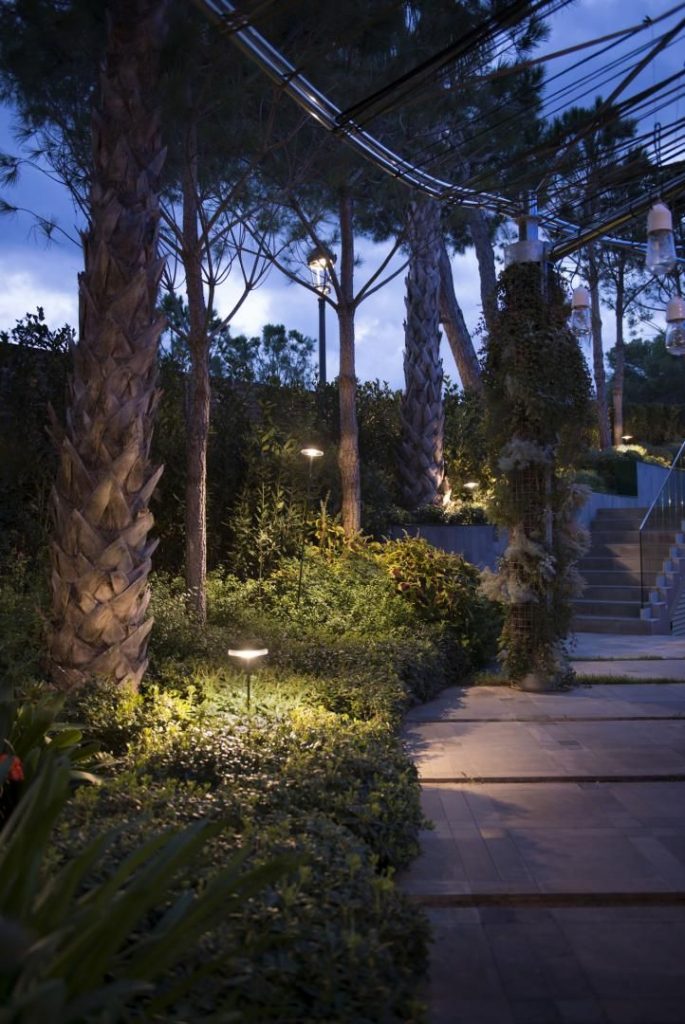When it comes to planning your new landscape, a landscaping drawing is an essential planning piece. A professional designer will work closely together with you to create an individual landscape design that is tailored to your preferences and ideas. You can create your landscape design if you feel adventurous. You can include any outdoor feature that you wish. A landscape design program will help you get the results you want. First of all, you should decide on the overall layout of your landscape. The next step is to define the boundaries of each space and label each with its function.

You will need to repeat this process several times until you get the final design. Once you have established the overall layout of your landscaping you can begin to label each space and their function. Once you have a sketch, you will be able to draw it in a more detailed way. The next step in making a landscaping drawing is to determine the boundaries of each zone. The next step is to draw the zones. Label each space with its function. Curved lines work best for formal landscape designs. If you’re designing a garden, you can use rounded shapes and curved edges. Also, consider the dimensions and shape of the space to determine how much space is needed.
The final step is to decide the size and location for each area. The next step is to draw the layout. You may want to draw a more detailed version of your home or the entire landscaping, which will help you determine how many plants you need to plant and how much you need to build. Once you have a basic layout, you can label each area and indicate its function. You may need to redraw the sketch multiple times until you get the final design. While a landscape drawing can contain many elements, it should be simple to understand and produce. The first step in creating your landscape design is to identify the fixed features of your property. Next, add other elements like trees and buildings.
The last step of this process is to determine what the finished product will look like. Once you have a clear understanding of the project’s scale, you can move on to the next steps. This can be done with the help of the right tools. A landscaping drawing should include all details of your garden. While a landscape drawing can contain different elements, it should include the fixed features that will be the basis for your construction. Next, you can add other elements to make your landscape design more detailed. Be consistent with the scale and don’t make your drawings too large.
It is important to keep the scale of your project in mind and not alter the design. It is important that you are comfortable with your landscaping drawing, as it will help you ensure that you end up with a finished product that looks perfect. The landscape drawing should be visually pleasing to the eye. The main focus should be on defining the features that will make your landscape design a standout.
The trees and buildings should be drawn apart. If your landscape isn’t visually appealing, it should not be scaled down to match the existing landscaping. If it does not, you will need more detail. You should also include other objects that will enhance the beauty of your landscaping design. A landscaping drawing should be as detailed as possible. It is important to determine the boundaries of each area after deciding on the layout of the landscape. It should be clear where the main areas will be, and where they will overlap. You should also label every space with its function. Once you have established the overall plan, it is time to start creating the landscaping drawings. A landscaping drawing has many benefits. Once you have the overall layout, you can start to make changes.
